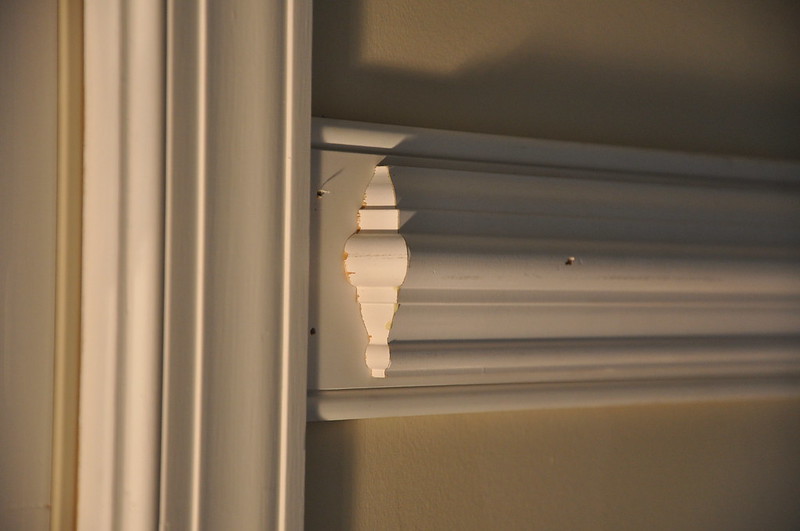Installing Chair Rail Backer Board

Installing chair rail backer board is a crucial step in achieving a professional-looking finish for your chair rail. The backer board provides a solid and even surface for the chair rail to rest upon, ensuring a consistent height and preventing the chair rail from sagging over time.
Tools and Materials
The following tools and materials are necessary for installing chair rail backer board:
- Tape measure
- Level
- Pencil
- Circular saw or miter saw
- Stud finder
- Drill
- Screwdriver
- Safety glasses
- Chair rail backer board (typically 1/2-inch thick plywood or MDF)
- Construction adhesive
- Finishing nails or screws
- Wood filler
- Sandpaper
- Primer
- Paint
Installation Methods for Various Wall Materials
The installation method for chair rail backer board will vary depending on the type of wall material. Here is a table outlining the recommended methods for different wall types:
| Wall Material | Installation Method |
|---|---|
| Drywall | Attach backer board directly to the wall using construction adhesive and finishing nails or screws. |
| Plaster | Use construction adhesive and finishing nails or screws, but ensure the fasteners are long enough to penetrate the plaster and reach the lath behind it. |
| Brick | Use construction adhesive and mechanical fasteners (such as masonry anchors) to secure the backer board to the brick. |
| Concrete | Use construction adhesive and mechanical fasteners (such as concrete anchors) to secure the backer board to the concrete. |
Attaching the Backer Board to the Wall, Chair rail backer board
The backer board should be attached to the wall using a combination of construction adhesive and fasteners. The adhesive provides a strong bond, while the fasteners ensure the backer board is securely in place.
- Apply construction adhesive to the back of the backer board, ensuring an even layer across the entire surface.
- Position the backer board against the wall, ensuring it is level and flush with the desired height.
- Use a pencil to mark the location of the stud locations on the backer board.
- Drill pilot holes at the marked locations, using a drill bit slightly smaller than the diameter of the screws.
- Secure the backer board to the wall using finishing nails or screws, driving them into the pilot holes.
- Use a nail set to countersink the nails or screws below the surface of the backer board.
- Apply wood filler to any gaps or holes, and allow it to dry completely.
- Sand the wood filler smooth, and prime the backer board before painting.
The chair rail backer board, a seemingly mundane element of home decor, holds a curious secret. It whispers of a forgotten time, when posture was paramount and discomfort was a foreign concept. The very idea of a chair rail backer board speaks to a desire for stability, a yearning for support.
Perhaps, this yearning is what led to the invention of back posture chair support , a modern-day solution to an ancient problem. Whether it’s a decorative trim or a reminder of the importance of posture, the chair rail backer board continues to hold a subtle, yet intriguing power.
The chair rail backer board, often hidden behind the decorative molding, whispers secrets of the room’s history. It’s a silent witness to countless meals, lively conversations, and perhaps even a few whispered confessions. One can’t help but wonder if the backer board has ever felt the gentle sway of a splat back side chair as someone leaned back, lost in thought.
And as the chair rail backer board stands steadfast, it silently observes the passage of time, holding onto the echoes of those who have sat and lived within its presence.